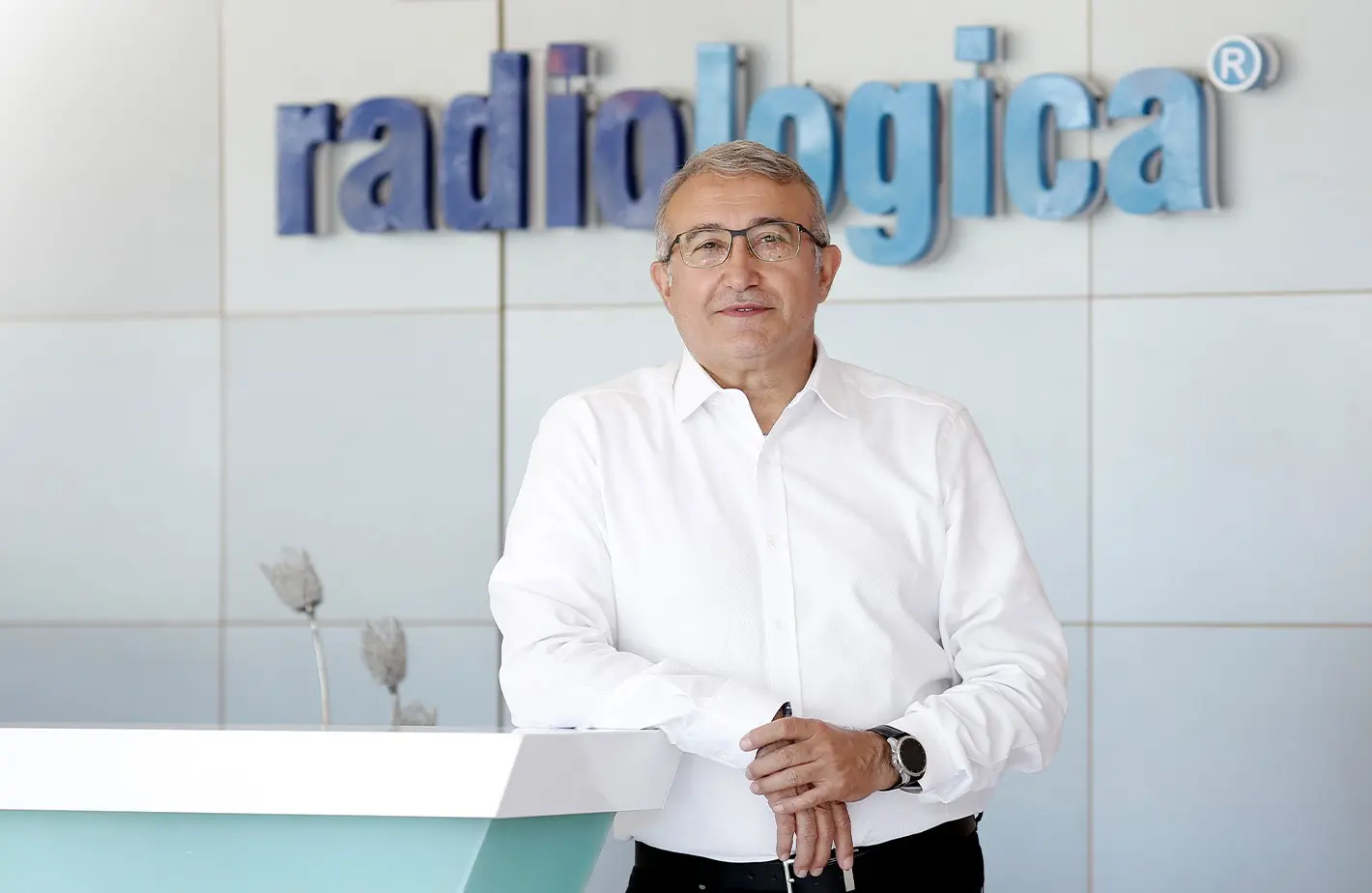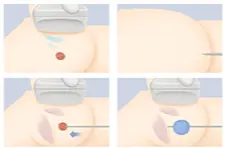The process of treating breast cancer by freezing is called cryoablation.
A cryoablation probe is inserted into the detected cancer under sonographic guidance, and the tumor is suddenly frozen using nitrogen or helium gas, depending on the device used. This freezing causes the cells to burst, and the cancer cells lose their viability.
The patient group for whom cryoablation is most effective for breast cancer is women over 60 years of age with tumors 15 mm or smaller, estrogen receptor-positive tumors, and Her2-ki67 values of 15% or less.
The ICE3 study examined cryoablation in 192 patients in this patient group and followed them for 5 years. The 5-year follow-up showed that the local recurrence of breast cancer was similar to, or even slightly less than, surgery.
Cryoablation for breast cancer is also frequently performed on patients who cannot undergo general anesthesia due to their specific conditions or who cannot undergo surgery due to other medical conditions.
Cryoablation is also a good option to consider for patients who refuse surgery for various reasons.





